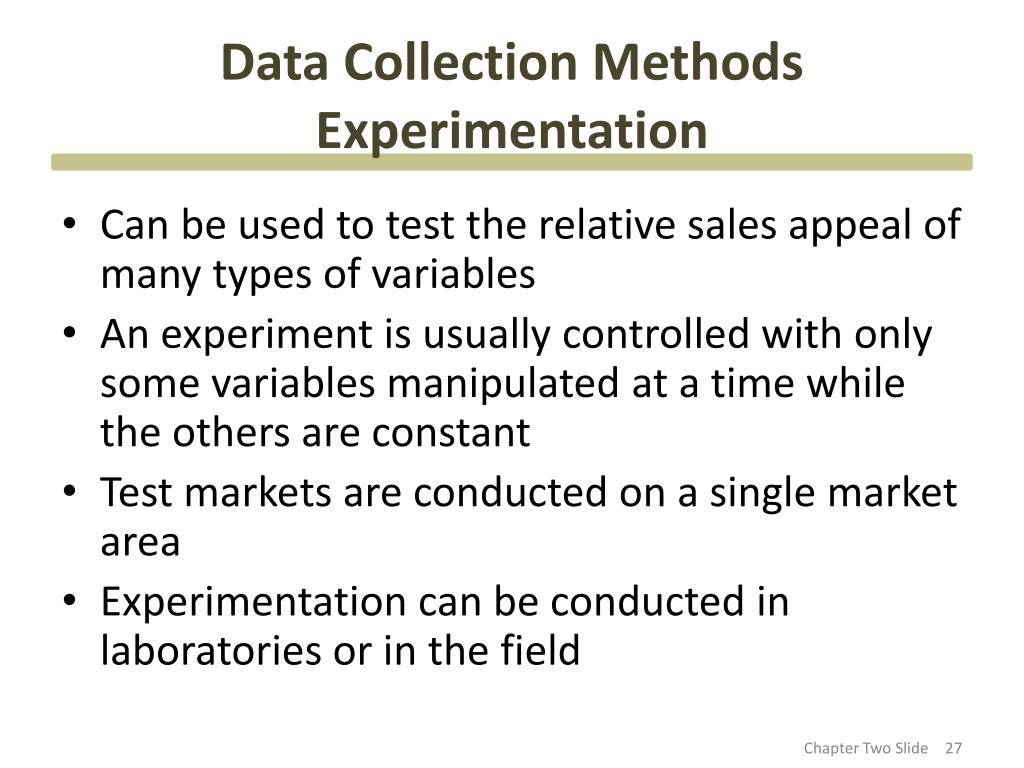

It is favored due to the simplicity of the application. This is the most prevalent reliability measure for assessment tools. This method can be used to assess the Nursing Competencies Questionnaire (NCQ). In the time range between the two tests is too long, there may be a substantial change between the answers, and the equivalence will be low (Acock, 2008). The disadvantages of this method include the necessity to obtain the participants’ agreement to take the same test twice and the difficulty in discriminating between the actual change and the deficiency of a trustworthy measure. The method is successful if the correlation rates are high. This method presupposes the participants to answer the same questions two times in order to provide greater reliability. The method can be employed to check the Structured Observation and Assessment of Practice (SOAP). While the inter-rater method may be subjective, it is valuable since it presents an opportunity to compare diverse responses (Barrett, Wilson, & Woollands, 2012). However, if an assessment tool inquires for people’s answers about definite facts, reliability is enhanced as the tool becomes subjective. When the assessment tool inquires for the participants’ opinions, its reliability is quite poor since the tool is subjective. This method is rather complicated since every person has a peculiar opinion on different things. Inter-rater reliability is concerned with the stability of assessment tools when employed by different participants.


 0 kommentar(er)
0 kommentar(er)
